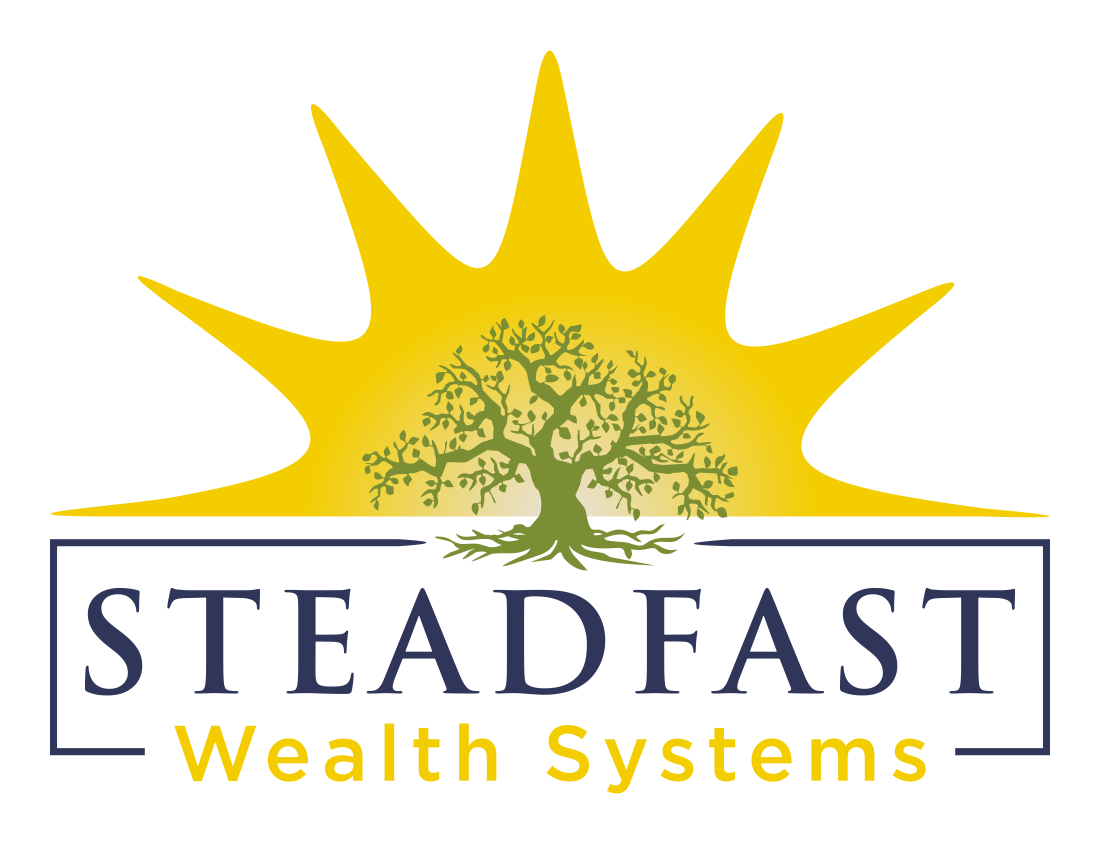Ten, Nine, Eight…The Countdown to Retirement Has Begun
As you head into and through your 50s, your retirement countdown begins in earnest. You are likely spending more time thinking about retirement an what it will look like. You may have a bucket list of things you want to experience, places you want to go, and projects you’d like to take on. You may even be considering a move to another state or beginning a second career.
You may also be wondering if your retirement income will be enough to cover your basic expenses and provide for the many “wants” on your bucket list. But don’t worry. You still have time to assess your potential retirement income and make needed adjustments by considering a few key tips.
1. Review Living Expenses
Even if you’ve created a needs and wants expense sheet before, it is a good idea to review it again. And again. And again. In fact, making adjustments every few years is a great idea because as you near retirement, some expenses will decrease while others will go up. Plus, your vision of retirement can change!
2. Review Your Income Sources
You may already know where your retirement income is coming from, but it is always a good idea to look over the list again. Some sources include:
· Social Security: Your benefit will depend on your earnings, how long you’ve worked, and when you begin taking benefits. You can determine your benefit by using the SSA calculator or signing up for a “My Social Security” account to see your online statement.
· Employer-Sponsored Plans, IRAs, and Traditional Investment Accounts: Be sure to look at your spouse’s accounts as well as your own.
· Pension: Talk with the plan’s administrator to determine the monthly benefit and inflation increases.
· Rental Income
· Continued Work
· Generate Extra Cash – Sell things like art or second-hand goods, babysit or pet sit, rent out rooms via Airbnb, drive for Uber, and more
3. Pay Off Debt to Increase Savings
If you still have debt, now is the time to pay it off and use the extra money to increase your savings! Retiring without debt, even a mortgage, greatly reduces stress. It also gives you more options if you find you need to modify your monthly expenses.
Plus, if you can add the money you now pay for debt and save it instead, you can increase your retirement savings. Be sure to give the maximum allowable contributions each year whenever possible, and take advantage of catch-up contributions once you hit age 50.
4. Review Taxes
Your retirement plan’s tax strategy is important to consider when calculating your overall retirement income. You’ll need to decide which accounts to draw from first and which to allow the opportunity to grow. You’ll also need to consider the required minimum distribution starting at age 70 ½.
Other tax considerations include:
· How working during retirement may affect the tax status of Social Security. Check out the worksheet from IRS Publication 915 to see what portion of your Social Security may be taxable.
· Leaving a legacy without burdening heirs with estate and income taxes.
This type of tax planning is difficult, and the rules change regularly. Always speak to a professional to help guide you toward solutions that work for your unique situation.
5. Don’t Forget Health Care
The older you get, the higher health costs are likely to be. That’s why it is important to think about health care costs and review these numbers frequently.
Retired adults receive original Medicare as a benefit. However, without a Medigap supplement, you’ll still have to pay deductibles and copayments. If you choose a Medigap supplement, you'll have the policy expense and may still have some deductibles and copayments.
There are several different types of Medicare plans to choose from:
· Original
· Medicare Advantage – Part C
· Drug Coverage – Part D
To learn more how to Navigate the Medicare Maze, click here.
You might also want to think about long-term care not covered by Medicare. Always look at what the policy covers, its exclusions, and its payout limits – all of which affect policy premiums. In some cases, these premiums may be tax-deductible.
Keep these factors in mind as you begin the countdown to retirement. And self-schedule a free 15-minute call if you’d like some help evaluating your current plan.
______________________________________________________________________
Content in this material is for general information only and are not intended to provide specific advice or recommendations for any individual. Stevens Wealth Strategies and LPL Financial do not offer tax services. Expertmedicareadvice and LPL Financial are separate entities.
If you would like to explore our unique retirement system, CLICK HERE >>
